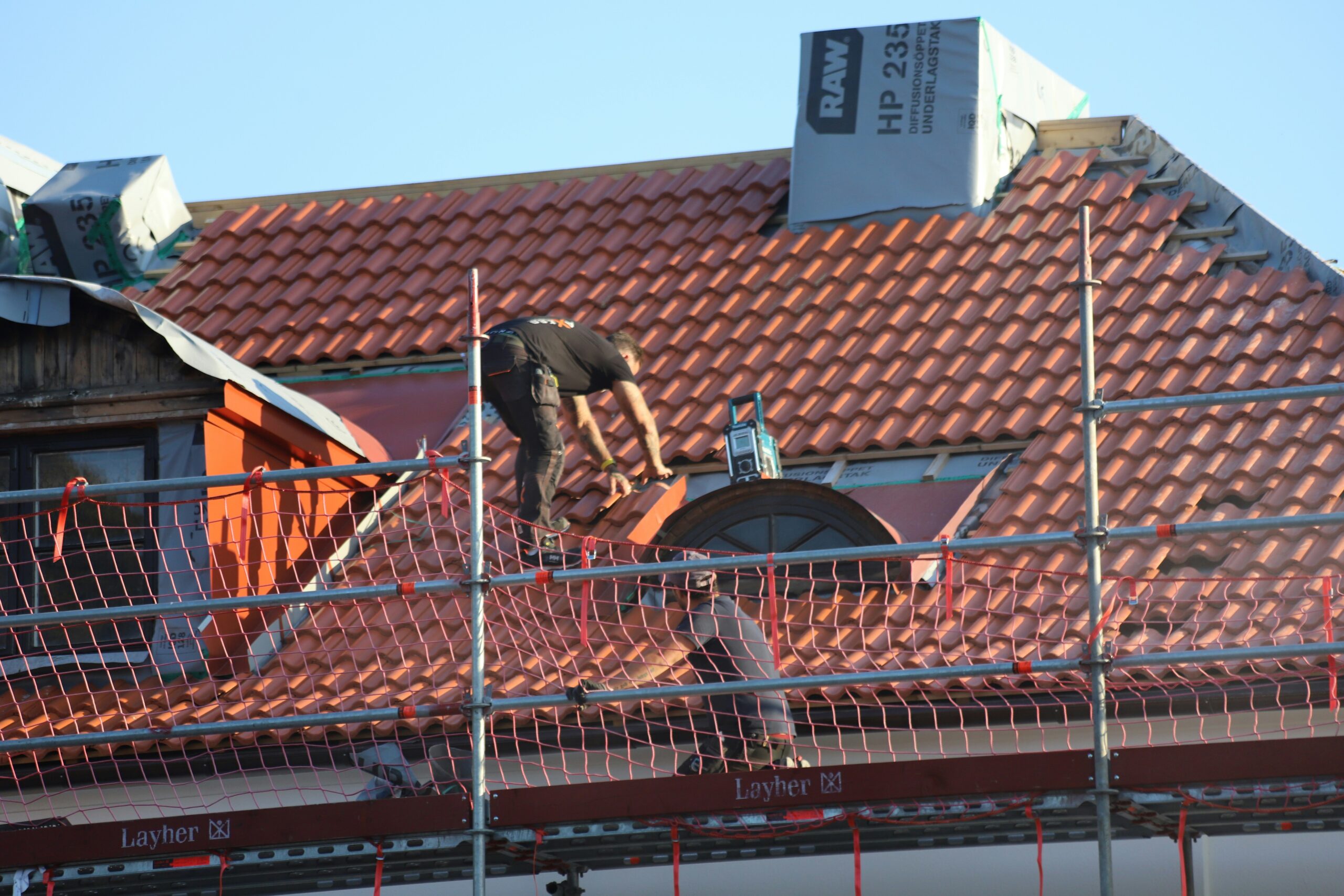Owning a home for a quarter-century is like signing up for a never-ending roller coaster—thrills, spills, and the occasional panic-room session when a pipe bursts at 2 AM. I wish someone had handed me a cheat-sheet of “buyer beware” tips before I signed on the dotted line. Here are my top 14 regrets to help you dodge the potholes I hit.
1. Underestimating Ongoing Maintenance Costs
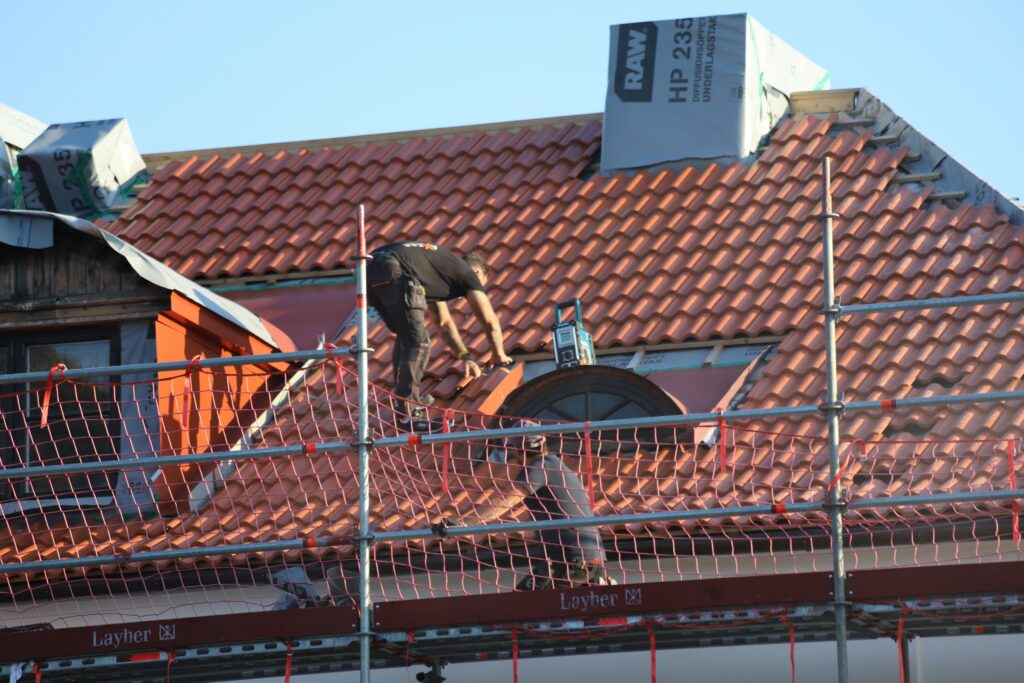
When I bought my first house, I thought repainting every few years was all the “maintenance” I’d ever need. Boy, was I wrong. Turns out, keeping a 2,000-square-foot Victorian gem in shape is like having a second job you didn’t apply for. I’ll never forget the moment I got that HVAC replacement bill and nearly passed out in the driveway. As reported by the National Association of Realtors, twenty-eight percent of home buyers said they were completely blindsided by the time and money needed to maintain their home . Even the prettiest tile backsplash can’t distract you from a leaky foundation. If I’d known better, I’d have earmarked serious cash for upkeep before unpacking a single box.
By year five, I was deep into gutter cleanings, roof inspections, and caulking every crack I could find. Experts often point to the “1% rule”—set aside one percent of your home’s value each year for repairs—as the golden ticket to stress-free ownership, but I didn’t learn that until it was too late. Had I followed it, I might still have my hair, rather than pulling it out over surprise plumbing fiascos. Pro tip: schedule your furnace tune-ups the same month every year, or risk becoming That Guy scrambling for an emergency repair at 2 AM. And yes, I now treat maintenance like brushing my teeth—ugly but non-negotiable. Future me thanks past me every time an invoice arrives and I don’t flinch.
2. Skimping on Electrical Outlets
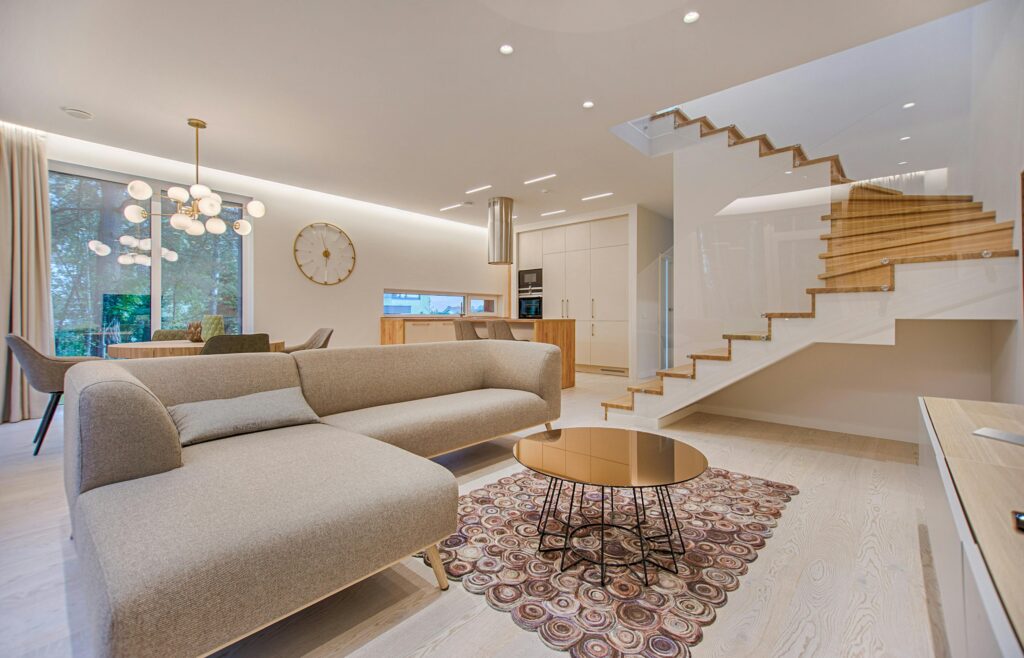
Ever tried playing Jenga with power strips because there aren’t enough outlets? Welcome to my living room circa 2000, where every sofa, lamp, and phone charger was a Wi-Fi hot zone but a power dead zone. My “open concept” dream space became an obstacle course of cords. According to a piece in Builder Magazine, lack of outlets is one of the top design regrets for new-build homeowners . I learned that during holiday gatherings when the Christmas tree was in a chokehold with four extension cords taped to the floor. It’s easy to get seduced by wide-open walls and luxe finishes, forgetting that nothing works without juice. Do yourself a favor and plot out every gadget you’ll own—and then double it.
A few years later, I paid a small fortune for an electrician to snake new wiring behind those pristine drywall panels. And of course, I hadn’t budgeted for the repaint touch-ups after every outlet install. Now, I peppered every nook with a simple duplex outlet—even under cabinets and inside closets. Because yes, charging your Dyson while hiding it out of sight is a lifestyle upgrade. I even added USB ports by the bedside to eliminate hunting for adapters at midnight. Bottom line: outlets are cheap now, but calling an electrician (and repainting afterward) feels like renting a penthouse co-working space for your wallet. Install more than you think you need—and watch future you do a happy dance.
3. Tossing Leftover Materials
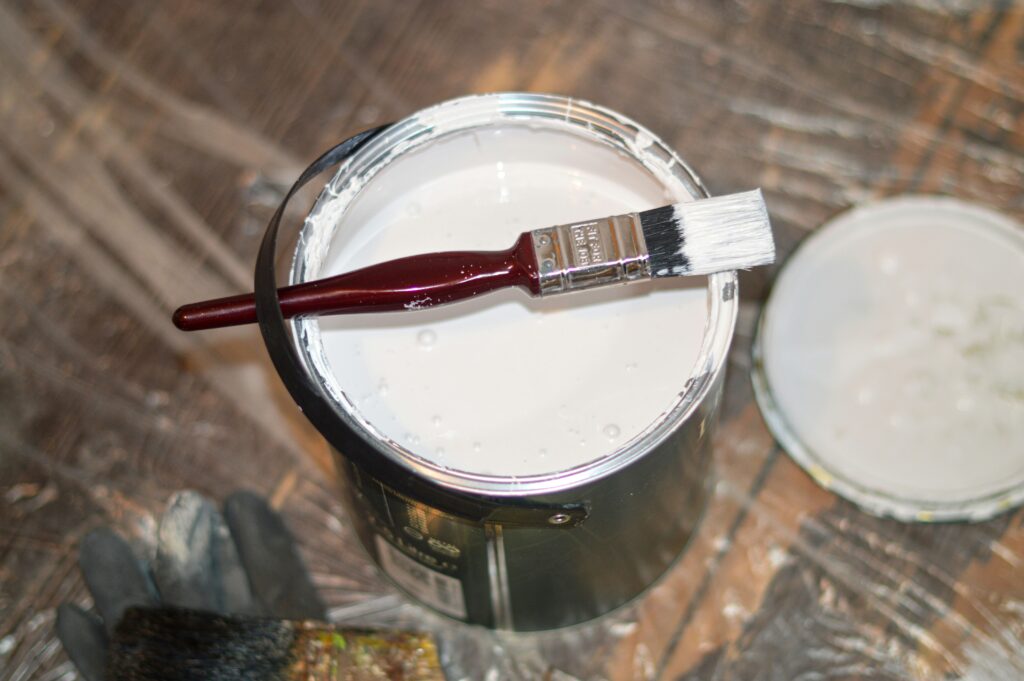
In my early reno days, I treated leftover tile and paint as clutter to be vanquished. I tossed those rogue cans and scraps like yesterday’s leftovers—big mistake. The day my bathroom grout cracked, I discovered that the exact tile was discontinued and color-matched paint was a unicorn. A HomeAdvisor report shows that about half of homeowners underestimated the time, money, and effort they’d need for future repairs when they discarded extras . Suddenly, that scrap pile felt like buried treasure. I ended up paying triple to track down matching materials online.
Now, I stash all extras in a labeled bin hidden in the garage. When a handle breaks or a board squeaks, I reach in and voilà, problem solved. Keeping leftover supplies costs nearly zero but saves major panic later. Plus, you’ll dodge frantic weekend hardware-store runs and the existential dread of “Will this color even match?” And yes, I sometimes get judged for having six extra cans of white paint—I call it homeowner’s insurance. If you paid for it, keep it; future you will send high-fives to the past. Trust me, your sanity—and wallet—will thank you.
4. Skipping a Thorough Building Survey
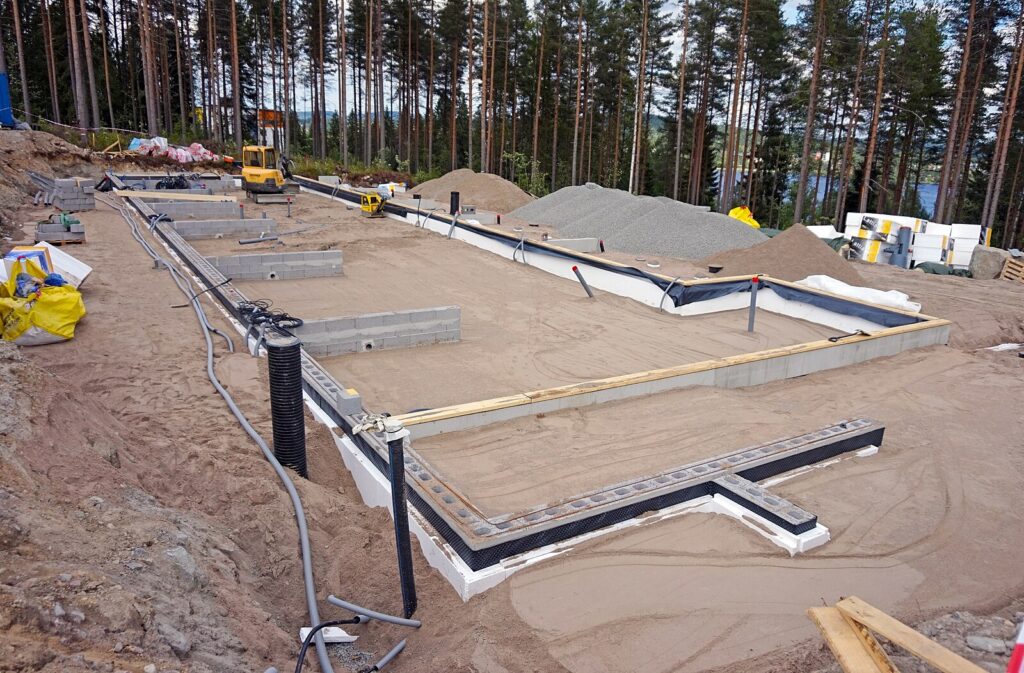
I once glazed over the idea of a building survey, dazzled by quartz counters and designer lighting. In hindsight, that was my rookie mistake. I learned the hard way when a hidden foundation crack blossomed into a five-figure invoice. A Fourth Wall report revealed that twenty-two percent of buyers wish they’d commissioned a detailed survey before closing . It turns out those fancy finishes can mask serious structural headaches. By the time I moved in, I was knee-deep in moisture issues and outdated electrical work. All because I didn’t want to spend a few hundred dollars extra for a pro’s flashlight.
These days, I treat a survey like a superpower—information you can negotiate with or flee from if the numbers don’t add up. A seasoned inspector will sniff out damp spots, shoddy wiring, and roof defects that your Realtor’s pitch deck won’t cover. If you spot deal-breakers, you can demand fixes or walk away with your sanity intact. And even negotiating for a credit post-inspection beats writing a blank check for surprises. Spend a little more up front, and you’ll save a ton on headaches later. Trust me, that survey fee is the best home purchase hack I’ve ever discovered.
5. Forgetting to Budget Non-Mortgage Expenses

My mind went blank when I saw the first property tax bill—did rent include surprise taxes? It doesn’t, by the way. I learned that owning a home is like subscribing to a never-ending list of fees: insurance, HOA dues, utilities—you name it. An Investopedia analysis found that American homeowners now shell out an average of $24,529 annually on non-mortgage expenses, almost matching their mortgage itself . That figure includes insurance hikes, property taxes, utility spikes, and HOA fees. I once missed an HOA payment and ran headlong into a late fee that could have covered my weekend brunch. Suddenly, my balanced budget felt like a puff pastry on a grease fire.
To avoid financial flat tires, I set up a dedicated “home fund” account the day I moved in. Every paycheck auto-transfers a slice of cash to cover those inevitable extras. You’ll sleep like a baby knowing the annual tax bill isn’t a cliff-dived expense. And when you budget for HOA fees from day one, you’ll never get blind-sided by board assessments. It’s less glamorous than splurging on avocado toast, but way more important for your credit score. Pro tip: review your local tax calendar and insurance renewal dates so you can smooth out cash flow. Your future self will thank you for rescuing your sanity (and your credit rating).
6. Overdoing Custom Renovations
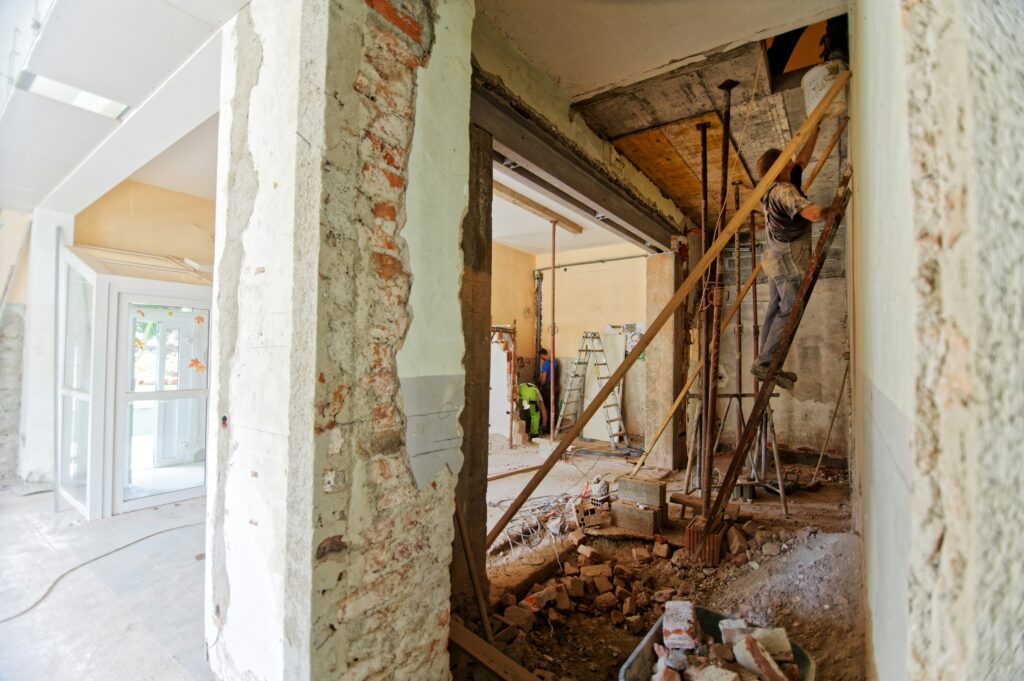
That one-of-a-kind, neon-lit treehouse playroom sounded brilliant until I realized it was a resale horror show. I poured budget into secret passageways and a custom slide, convinced it’d be a hot seller feature. Instead, potential buyers saw a liability—they pictured rubber-liped toddlers crashing through drywall instead of the Pinterest dream I envisioned. My realtor politely suggested that the baby-blue carpet and rope swings were more “quirk” than “unique selling point.” Years later, that slide still sits unused in my yard, an expensive awkward art installation. Lesson learned: over-personalizing can backfire harder than a DIY haircut.
Now I stick with flexible upgrades—think removable wallpaper, modular shelves, and multi-use rooms. These options let me change colors and layouts on a whim without ripping out studs. That way, when I do sell, I’m not begging buyers to reinvent my childhood fantasy. Renovations that appeal to everyone—like updated lighting, open shelving, and neutral tile—always offer better returns. And if I crave flair, I channel it into furniture or artwork, not permanent structural oddities. Custom is cool, but universal appeal pays the bills. In real estate, versatility trumps whimsy every time.
7. Installing a Swimming Pool without Considering the Fine Print

My backyard water-park dream morphed into a weekly maintenance marathon complete with a chemical tab that could bankroll a small sailboat. In summer, the pool was my oasis; in winter, it was a frozen money pit. I ignored the fact that pools are seasonal toys—useless when January frost turns them into giant ice cubes. My insurance premiums jumped sky-high, and I learned to dread that annual pool-inspection letter. The chlorine alone became its own line item in my budget, roughly $500 a month at peak season. I should have researched the real total cost, not just the installation quote. Spoiler alert: pool floats are fun, but pool ownership is not.
If you’re hell-bent on a backyard lagoon, plan for heaters, covers, and year-round maintenance crews. Factor in extra electricity for filters and pumps running non-stop, plus winterizing costs. And if you live somewhere chilly, remember snow and ice can wreck pipes and tiles. For resale, a pool only makes sense in buyer-hot markets where everyone craves swim dips, not in neighborhoods where duck ponds are more popular. I tried selling my house with “pool included,” only to have buyers ask if they could cover it entirely. The added headache and liability made me wish I’d stuck with a hot tub instead. Lesson: a pool is a luxury, not a value-add, unless you’re in Florida with an endless summer. Spruce up the details in this [moneytalksnews slideshow] on pool regrets .
8. Neglecting Sustainable, Energy-Efficient Features
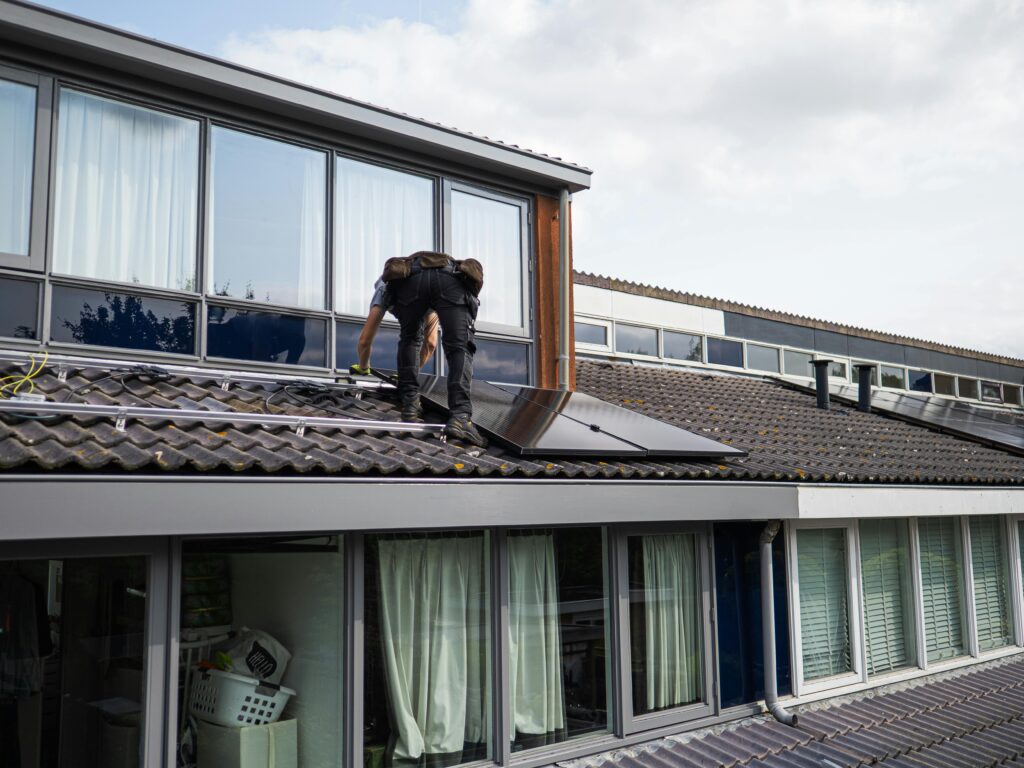
I once brushed off “green” extras as eco-fluff and regretted it every time my power bill arrived. My neighbor, who installed solar panels and triple-pane windows, lounged in air-conditioned bliss at half my electricity cost. I scoffed at the idea of rainwater harvesting until I paid a small fortune for summer irrigation. A smart thermostat looked like a gimmick until it slashed my heating bill by 15%. Those initial “extra” dollars for better insulation could have saved me hundreds per season. My wallet still resents that oversight.
Now, I swear by LED lighting, programmable thermostats, and a rain-collection system that fills my watering cans. [Time’s think-piece on rainwater harvesting] lays out how collecting runoff can recharge groundwater and reduce flood risks . Frontiers in Environmental Science also notes additional benefits like boosted groundwater storage and drought resilience . A few thousand dollars invested early pays for itself—and fetches serious resale-envy. Sustainable upgrades cut costs, boost curb appeal, and unlock rebates. Green isn’t just a color—it’s your utility-bill kryptonite.
9. Buying a House That Felt “Big Enough”—Until It Wasn’t
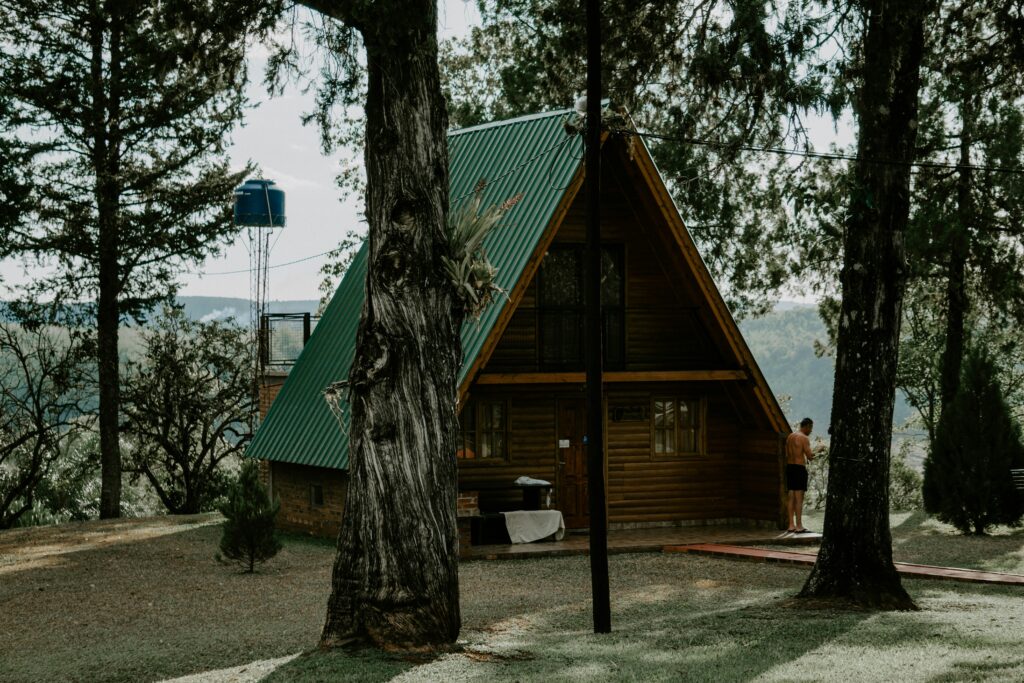
That “cozy” 2,000-square-foot bungalow seemed gigantic when it was just me and my fiddle collection. Fast-forward five years: spouse, two kids, a dog, a Peloton, and suddenly I was tripping over yoga mats in the hallway. I’d underestimated how quickly a tiny guest bedroom becomes an office, playroom, and laundry staging area. Statistics show many buyers end up regretting that initial “perfectly sized” home, discovering it’s bursting at the seams sooner than expected. Despite thinking ahead, I never accounted for a hobby corner big enough for my electric guitar and drum kit. My “just enough” turned into “nowhere to move.”
Before you buy, draw bubble diagrams of your ideal layout for each family member and future hobby. Think about guest stays, home office needs, and where your inflatable kayak will live. Ample storage is non-negotiable—closets, attic space, even a shed in the backyard. I ended up gutting closets and building floor-to-ceiling shelves just to avoid daily obstacle courses. Don’t skimp on square footage unless you’re ready for a long string of DIY micro-remodels. Trust me, “big enough” today can feel like “cramped central” tomorrow.
10. Delaying Routine Home Maintenance
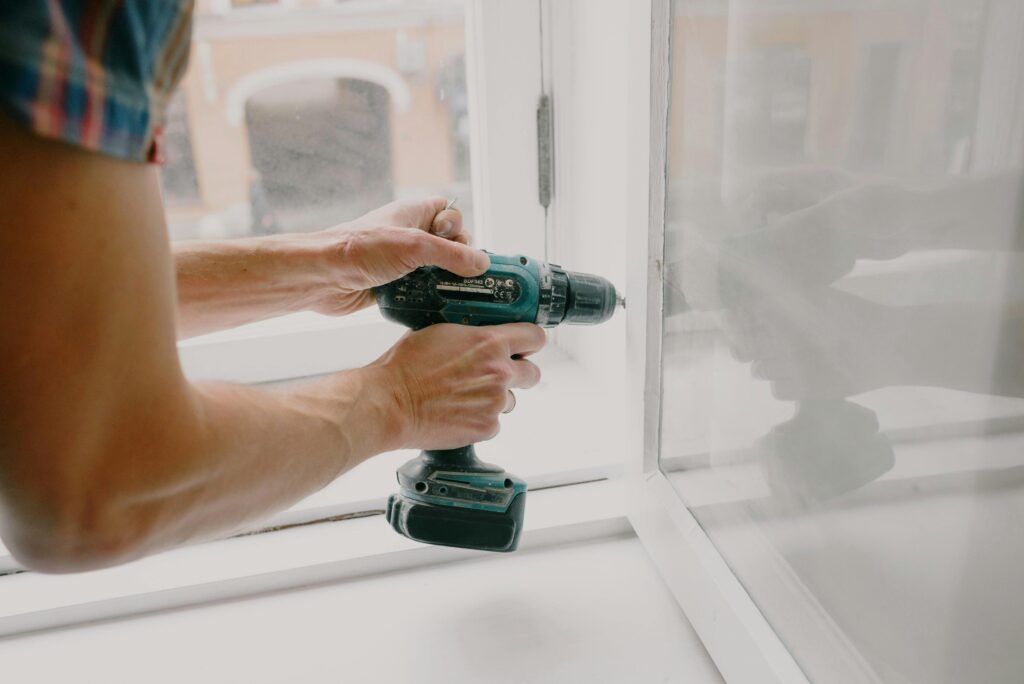
I had a dripping faucet for six months before I decided it was charming ambiance. That drip turned into a mini waterfall behind the vanity and a $900 drywall replacement. I also ignored a clogged dryer vent until the darn thing dinged like a fire alarm. That ding was an apology note from my half-smoked lint cake just waiting to ignite. Skipping simple tasks like cleaning gutters and changing furnace filters may feel like life hacks, but they’re actually ticking time bombs. One forgotten HVAC tune-up can spiral into compressor replacement faster than you can Google “cost to replace AC.”
Treat your home like a pet: feed it quarterly maintenance, and it won’t bite back with monstrous repair bills. I now schedule seasonal checklists, from gutter clearing in fall to chimney sweeps before winter. My smoke detectors get fresh batteries every spring, and I check roof shingles after storms. It takes an hour or two each season, but it’s cheaper than a basement flood or a rodent-eviction bill. Maintaining a little sweat equity each quarter means you avoid epic weekend repair marathons. In the maintenance game, small efforts save big headaches.
11. Not Saving Enough before Commitment

I closed on my house with pennies in my bank account and a folder full of bills. In hindsight, I should have had more cushion—closely related to childproofing but far less fun. The first-year extras came rattling in: appliance warranties, surprise HOA assessments, and a sneaky septic pump bill. Looking back, I was too busy popping champagne to notice my emergency fund had evaporated. Financial planners suggest saving at least three months of mortgage payments plus setting aside one percent of your home’s value each year. But I treated that advice like a seatbelt—important but optional. I ended up living off credit cards until I learned the hard way that interest isn’t a home feature I wanted.
Now, I use the “envelope method”—digital envelopes, to be precise—to allocate funds for closing, repairs, and that inevitable first-winter oil delivery. Every paycheck routes a percentage into a “moving-in buffer” account, tucked away from temptation. I also keep a line of credit reserved solely for catastrophic breakdowns—think water-heater implosions and furnace meltdowns. Yes, it’s less glamorous than new furniture, but it spares you desperation-shopping at 2 AM when the sump pump quits. Being underfunded gave me nightmares more vivid than any haunted-house tour. Trust me, a healthy nest egg is the best home accessory you’ll ever own.
12. Skipping Neighborhood and School Research

I was so obsessed with granite counters that I almost glazed over the fact that my “dream school district” was a thirty-minute commute in every direction. Turns out, “good neighborhood vibes” don’t show up on Zillow photos. My midday driveway exit became a bumper-to-bumper meditation session I didn’t sign up for. I failed to drive by at night, so I missed the late-night honking justice league on my street. And I only researched school ratings online—never checked out actual drop-off chaos or after-school pickup lines. Those sample test scores looked great until I saw three kids clambering over each other beside idling SUVs. Those toddler collisions taught me that your daily commute and community rhythm matter as much as your kitchen backsplash.
Lesson: walk the block on weekdays and weekends—peep the noise levels, street lighting, and neighborly vibes. Ask about zoning changes; a planned strip mall next door can demolish your peace (and property value). I once discovered halfway through escrow that the backyard backed onto the town dump’s windrow—joy. Spend ten minutes chatting with a barista or mail carrier; they’ll spill the beans faster than any website review. And check school pickup routes on foot—those tight cul-de-sacs can become parade routes you’ll avoid daily. Good bones matter, but location makes the house—or breaks your sanity.
13. Ignoring Kitchen Workflow and Surface Space
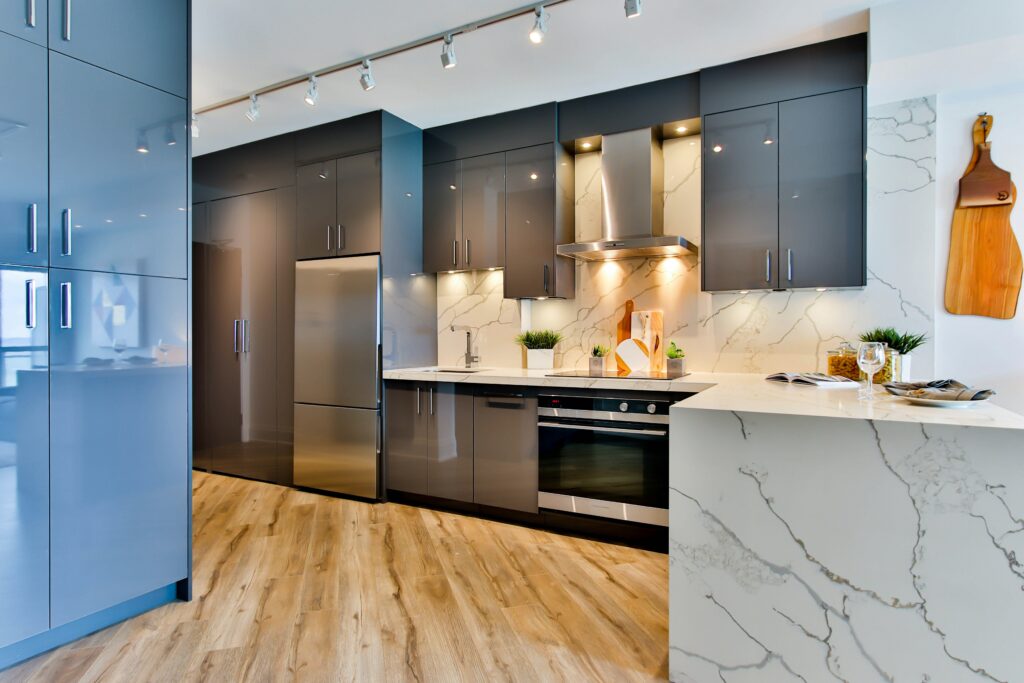
I splurged on marble countertops that stained if I even sneezed near them and gave myself zero prep space. My dream chef’s kitchen quickly became a Velcro-tongue nightmare: appliances everywhere but nowhere to chop veggies. I ignored the golden kitchen “work triangle” and ended up doing laps between the fridge, sink, and stove. Cooking dinner felt like training for an obstacle course, not a relaxing evening ritual. After a smoky stir-fry fiasco, I realized that fancy slabs don’t sauté onions. Mood lighting and undermount sinks are great, but only if you can actually use the counter.
Next time, I’ll mock up taped-out zones for prep, cooking, and cleaning before signing off on any granite. Talk to friends who cook for a living—yes, even your local sushi chef has thoughts on backsplash height and plug placement. Ample counter space trumps every swanky gadget you can think of. If your island can’t handle a mixer, you’ll regret that built-in wine fridge. I now measure out my loved mixers and blenders before committing to cabinet depths. A kitchen that flows will keep you cooking—and keep your takeout orders to a minimum.
14. Failing to Minimize Renovation Waste and Donate Extras
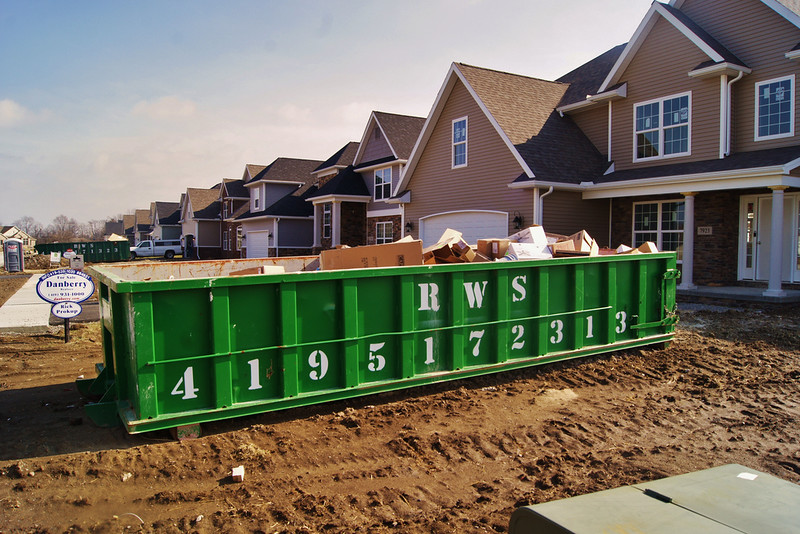
My first kitchen remodel looked sleek, but the junkyard of discarded cabinets and orphaned tiles would’ve made any eco-warrior weep. I sent dumpsters of perfectly good materials to landfills instead of donating or reselling. Donating surplus building materials not only reduces waste but can earn you tax deductions. I missed that memo and watched usable paint cans corrode in a landfill across town. Meanwhile, neighbor DIYers mourned the missing wood-floor remnants I could have offered. Donating or selling extras costs almost nothing and offsets buying supplies you already own. Plus, it feels great knowing you helped someone else finish their project without the sticker shock.
Now, I audit every project phase: ordering just enough materials, scheduling donation pickups, and posting surplus on community apps. That 30-second photo and price listing on my local swap board can put cash back in my pocket. I even repurpose off-cuts into planters, shelves, and art frames, making my home uniquely mine. By minimizing waste, I shrink my environmental impact and avoid disposal fees. It also keeps your workspace clutter-free—nothing beats a clean job site. Next remodel, I’ll think circular economy first and let landfills cry themselves to sleep. Your future self—and the planet—will thank you for that extra thought.
This article is for informational purposes only and should not be construed as financial advice. Consult a financial professional before making investment or other financial decisions. The author and publisher make no warranties of any kind.





